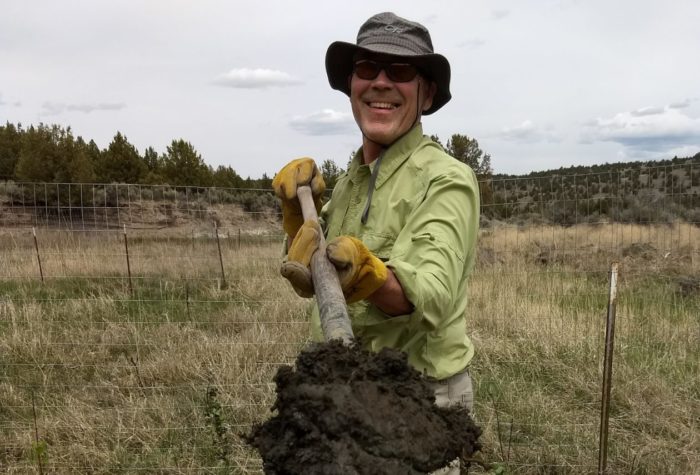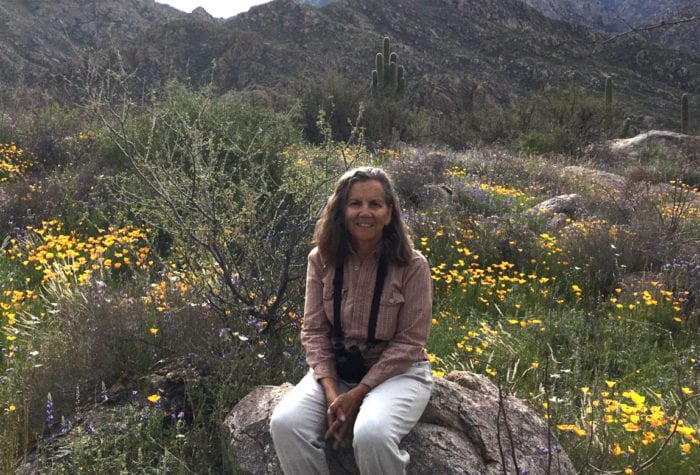Spring, summer and winter are all strong contenders, but there’s mounting evidence that autumn could be the very best season to visit Oregon’s high desert.
Consider …
- Temperature – Daytime highs are in the 70s, not the dripping-brow 90s and nighttime lows are in the lovely-for- sleeping 30s, not the teens.
- Color – Yes, the aspen. Of course, the aspen. But also the chartreuse of rabbitbrush coming into bloom, the rusty red-osier dogwood and willow stems along river banks and the lime green lichen on the basalt outcroppings.
- Scent – Bitterbrush and sagebrush baked all summer long are especially heady after a fall rain.
- Migrations – With tens of thousands of birds making their way south and mule deer and pronghorn moving into their winter habitat, you’re more than likely going to catch sight of desert wildlife.
Pack up your essentials, an extra blanket, a good book and your keen observation skills, because these three adventures will put you right into the heart of a high desert autumn.

